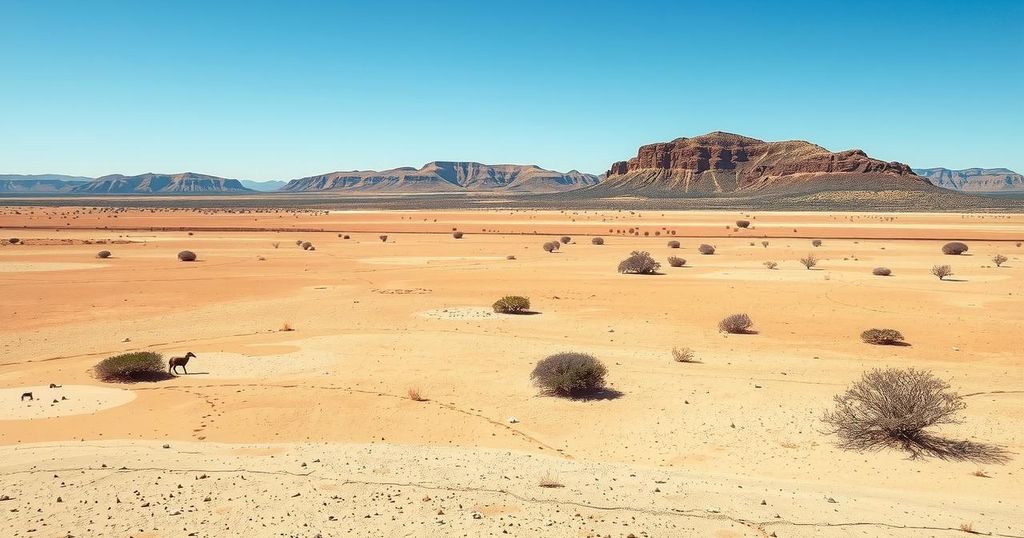Ten Eye-Opening Facts About South Africa’s Water Crisis

This article discusses critical aspects of South Africa’s water crisis, emphasizing that 50% of potable water is lost through inefficiencies, with millions lacking basic supply access. It also highlights impactful statistics regarding health, usage, and government compliance, alongside the implications of climate challenges.
Water is an indispensable resource, essential for life, as asserted by the South African Department of Water and Sanitation. With World Water Day approaching, it is crucial to examine the pressing water issues faced both locally and globally. The following facts highlight the severity of the water crisis in South Africa and emphasize its impact on communities.
Fifty percent of South Africa’s potable water is classified as Non-Revenue, indicating significant losses due to system inefficiencies and leaks. In addition, more than three million South Africans lack access to basic water supply services, with many residents of informal settlements, particularly around Johannesburg, resorting to digging their own pit latrines.
Globally, the United Nations Development Programme reports that 443 million school days are lost annually due to illnesses stemming from inadequate access to clean water. Furthermore, the South African Human Rights Commission notes that 115 individuals in Africa die every hour from diseases related to poor sanitation, hygiene, and contaminated water.
South Africa also faces climatic challenges, receiving 40% less rainfall than the global average. Despite being classified as a water-scarce nation, the average water usage in South Africa is 237 liters per person per day, surpassing the global average of 173 liters.
In terms of water usage distribution, 61% is consumed by the agricultural sector, 27% by households, and 7% by industry, as reported by the Council for Scientific and Industrial Research (CSIR). Alarmingly, the latest Blue Drop Report indicates that of South Africa’s 144 Water Services Authorities, 24 have failed to pursue compliance, and 40 are in a critical state.
According to the Water Services Act, a minimum of 25 liters of water per person per day is required for basic supply in South Africa. During Cape Town’s water crisis, known as ‘Day Zero,’ water restrictions limited usage to an average of 50 liters per person per day.
The facts presented underscore the gravity of South Africa’s water crisis and the dire need for improvements in water management and infrastructure. With significant portions of potable water wasted, millions lacking access, and high mortality rates due to water-related diseases, urgent action is necessary. Additionally, the disparity between average water use and the existing supply highlights the challenges posed by climate change and resource management policies. Addressing these issues is vital for ensuring sustainable water access for all citizens.
Original Source: infrastructurenews.co.za






